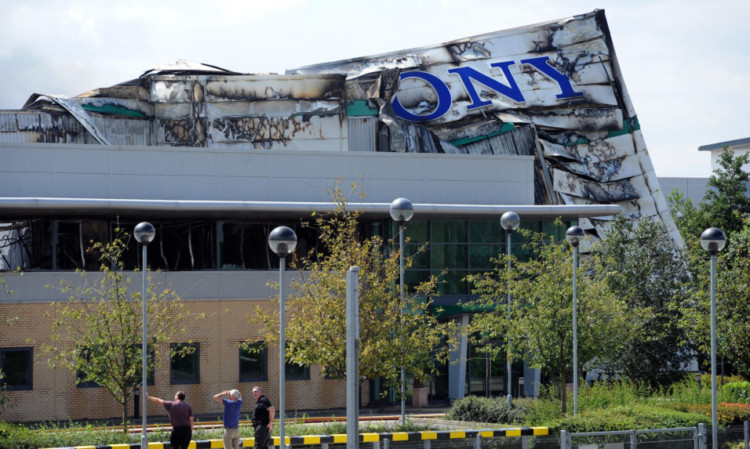Insurers have won a High Court fight with police bosses after a warehouse was destroyed and looted during “widespread civil disorder” in London two years ago.
A judge ruled that insurers were claiming for losses of up to £60 million that arose out of damage caused by “persons riotously and tumultuous assembled”.
Legislation governing police says compensation for “damage by riot” should be paid out of police funds.
Insurers claimed that damage caused to a Sony warehouse in Enfield, north London, in August 2011 fell into that category.
Lawyers representing London mayor Boris Johnson – whose office funds the Metropolitan Police – disagreed, arguing that the incident “did not constitute a riotous and tumultuous assembly”.
Mr Justice Flaux ruled in favour of insurers after analysing evidence at a High Court hearing in London in July.
The judge said in a written ruling that the Sony distribution warehouse had been destroyed and looted shortly before midnight on August 8 2011 during “the widespread civil disorder and rioting which took place in London and elsewhere” after a man was shot and killed by police in Tottenham, north London.
He said the attack on the warehouse was “perpetrated by a group of some 25 youths” who earlier congregated on a nearby housing estate.
“The youths smashed into the warehouse using a variety of makeshift weapons and ran through the building looting it of a certain amount of the stock held there,” said Mr Justice Flaux.
“Two of them then threw petrol bombs into the stacking within the warehouse and they all made their escape, some carrying what had been looted, and left the warehouse to burn.
“The whole incident took no more than just over three minutes. However the fire took hold and burned for some 10 days, with the total destruction of the plant, equipment and stock.”
The judge said insurers claimed that losses added up to more than £60 million and wanted compensation from the mayor’s office under the Riot (Damages) Act 1886.
